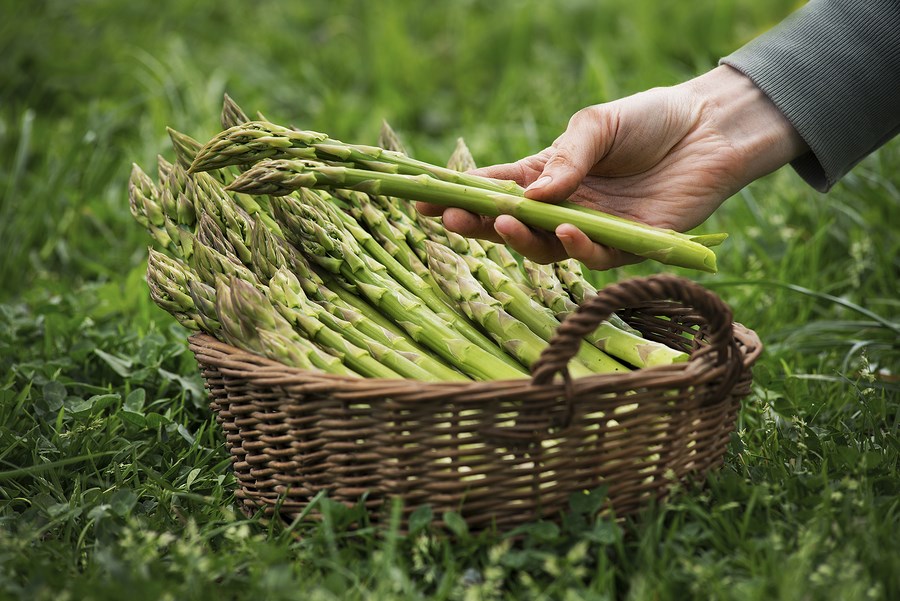This time of year I am checking my asparagus patch daily for those first spears to appear. Once they pop out of the ground they grow rapidly and must be checked daily to be cut before they get too tall.
Asparagus is low in calories and rich in vitamins, minerals and fibre. It is a perennial vegetable that grows readily in our area if the effort is taken to plant it properly. The Romans cultivated it as early as the first century AD, and the ancient Egyptians revered it as a medicinal plant.
Asparagus can be grown from seed, as I can attest to having found the occasional seedling in my garden. It takes at least three years before you can harvest asparagus from seed. Most people purchase asparagus roots, which will be ready to harvest a year earlier than from seed. Another advantage of purchasing the roots or crowns is that you can purchase male plants. Asparagus plants are male or female. Both male and female plants flower, and the bees love those small, barely noticeable flowers. The female plants produce a red berry, very attractive on the ferny mature plant. However, we grow asparagus for the table, and the male plants produce more spears while the female plants expend energy producing seeds.
The University of Saskatchewan has done asparagus trials. In these trials, among the varieties readily available, Guelph Millennium was most productive, followed by Jersey Giant and Jersey Knight. Mary Washington, an old favourite, is one of the less productive varieties. There were no trials of the purple asparagus, Purple Passion and Sweet Purple. Roots of all mentioned varieties are available at Veseys Seeds or T&T seeds. You can order from their websites or catalogues.
To plant asparagus roots it is important to select a sunny spot and to prepare the soil to a minimum depth of one foot. Augment the soil with aged manure or compost. Dig a trench six to eight inches deep. Plant the roots one foot apart, with the crown facing up and the roots spread out from the crown. A small mound of dirt under the crown makes it easier to spread the roots. Cover the roots and crowns with soil, but do not fill the trench. Water well. Over the summer you can gradually fill in the trench as the plants grow.
Fertilize with a high nitrogen fertilizer every spring and again after harvesting. Do not harvest until the second year, and then only for one to two weeks. In subsequent years you can harvest until production slows and the spears are thinner, about six weeks. To harvest cut the spears at or just below ground level, then let the spears grow into tall ferny stems.




